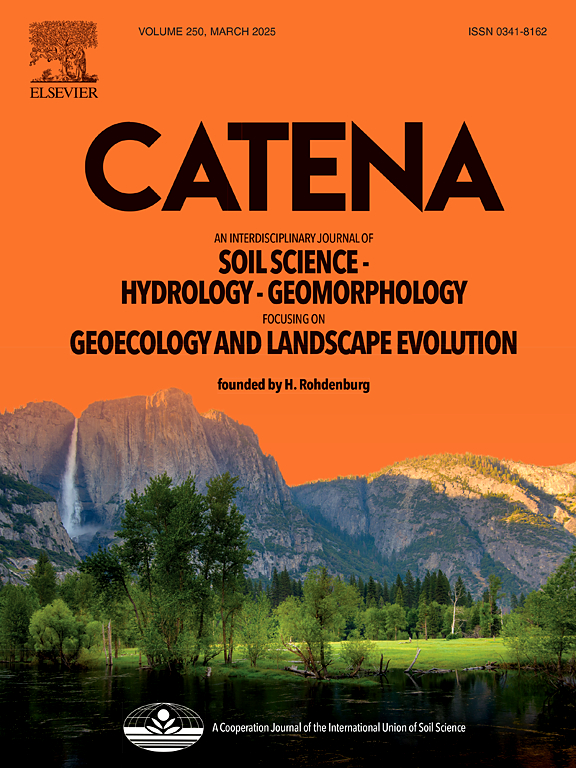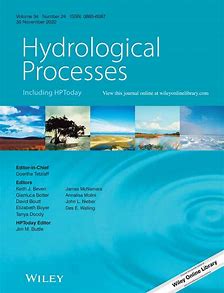- Topic:Water and matter cycles
Knots in the Strings: Do Small-Scale River Features Shape Catchment-Scale Fluxes?
The authors review how river “knots” associated with bifurcations, confluences, and obstructions, which are spatially and temporally heterogeneous reaches in a river network affect reach-scale processes including flow attenuation, enhanced vertical and lateral connectivity, and augmented solute retention and uptake. .
Stepwise tracer-based hydrograph separation to quantify contributions of multiple sources of streamflow in a large glacierized catchment over the Tibetan Plateau
The authors identified the sources of streamflow and their temporal dynamics in a glacierized catchment of the Tibetan Plateau using isotopic and geochemical signatures. They demonstrated that incorporation of high-resolution tracer data in an appropriate model structure can help resolve streamflow components and identify the dynamics of dominant recharge sources in cryosphere environments.
Urban Hydrological Connectivity and Response Patterns Across Timescales: An Integrated Time-Frequency Domain Analysis
The authors investigated the interconnections of rainfall, groundwater and stream flow in the Wuhle river in Berlin using autocorrelation, cross-correlation and time-frequency analyses of long-term data. Despite the strong influence of urban storm drainage, they showed a high degree of persistence of the groundwater signals.
Towards sustainable lake restoration
Storage Dynamics and Groundwater–Surface Water Interactions in a Drought Sensitive Lowland Catchment: Process-Based Modelling as a Learning Tool
The authors simulated seasonal and long-term changes in the spatio-temporal patterns of water storage dynamics and groundwater–surface water interactions in lowland tributary of the Spree catchment. After several major droughts, groundwater stores are depleted and stream flows intermittent. This shows the importance of integrated land and water management in NE Germany.
The Unexploited Treasures of Hydrological Observations Beyond Streamflow for Catchment Modeling
Other hydrological data than streamflow have the potential to improve process consistency in hydrological modeling and consequently for predictions under change. The authors review how storage and flux variables are used for model evaluation and calibration; improving process representation.
Recent Developments and Emerging Challenges in Tracer-Aided Modeling
The authors reviewed recent advances and remaining challenges of tracer-aided modelling which offers insights into internal storages, water sources, flow pathways, mixing processes, and water ages, which cannot be derived from hydrometric data alone. Tracer data have the capability to falsify hydrological models and test hypotheses, and thus increase understanding of hydrological processes.
Seasonal and Inter-Annual Dynamics in Water Quality and Stream Metabolism in a Beaver-Impacted Drought-Sensitive Lowland Catchment
The authors monitored water quality parameters over 3 years in an intermittent stream network in the eutrophic, lowland Demnitzer Millcreek catchment, Germany. They focused on the effects of wetland systems impacted by beaver dams on the diurnal, seasonal and inter-annual variation in water quality dynamics and modelled stream metabolism.







